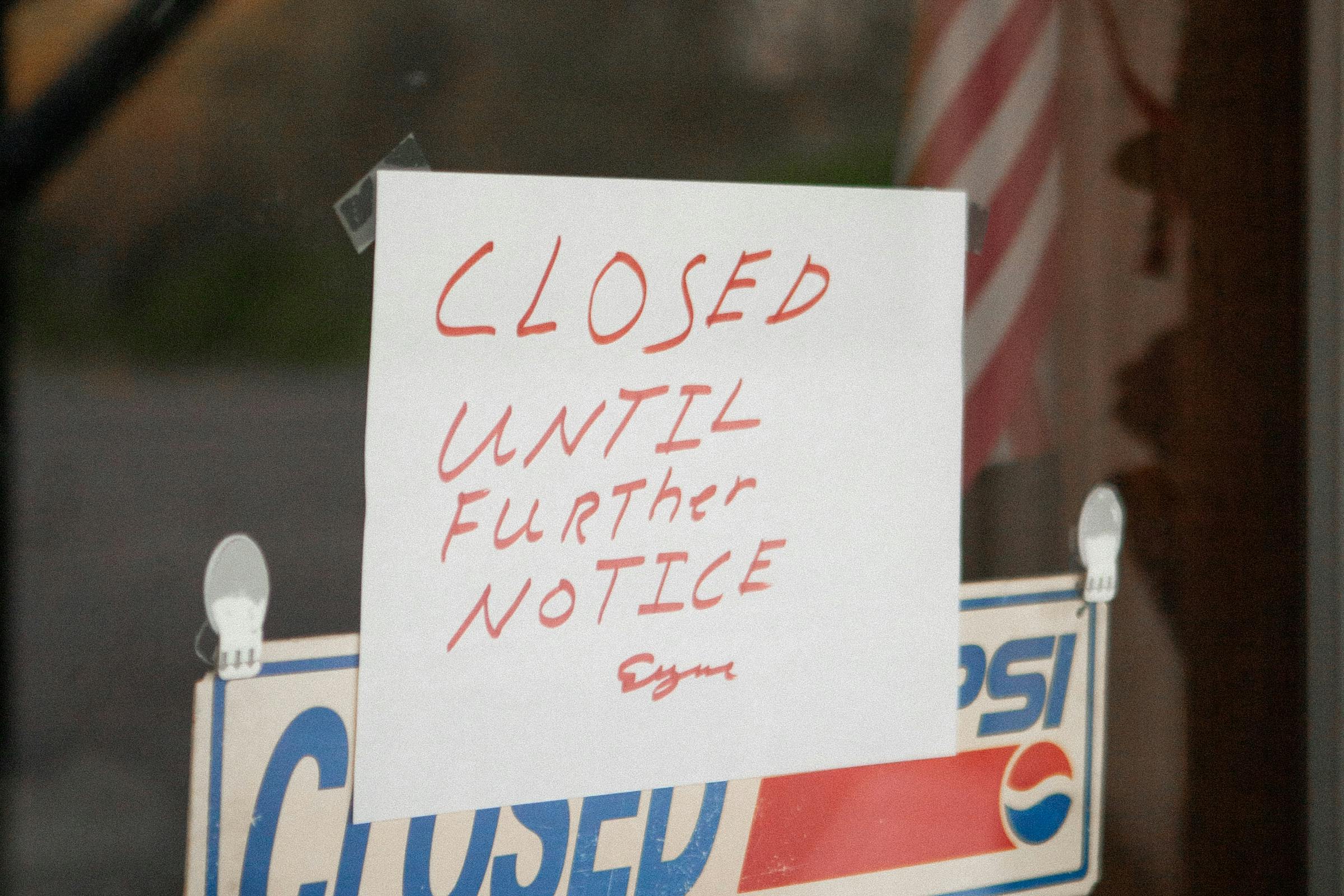The H-1B Green Card Path
There are multiple types of visa categories that will get you into the US, but only a handful allow you to pursue permanent residency while you’re there. The H-1B visa is one of the few, and it’s ideal for those in specialty occupations where skilled help is in high demand and qualified American workers are rare.
Unless you’re offered a job through a cap-exempt employer, such as a non-profit entity or higher education institution, you must follow strict deadlines, enter a random lottery selection, and undergo intense scrutiny before an H-1B visa is provided. But once you have that approval, the benefits are immense. You’re allowed to bring your spouse and dependents with you, rent or buy property, and enjoy most other advantages of living in the US, with the main exception that you can’t vote.
The H-1B visa terms are limited to three years, with an optional three-year extension. If you’re satisfied with your time in the US and want to stay there permanently, you can start the paperwork to obtain a Permanent Resident Card. The wait for processing of this document depends on how many people in the H-1B work category have filed before you, and backlogs can be extensive.
Filing for Permanent Residency
As with the H-1B visa, your employer must sponsor your Green Card petition. They complete the paperwork for the PERM Labor Certification, Application for Employment Certification, and Immigrant Petition for Alien Workers (Form I-140).
Because the employer is intricately linked to your Permanent Resident petition, transferring to a new one before this process is completed can be complicated. The good news is that there’s something called “green card portability,” which means you don’t have to start over completely. USCIS holds your space in line, so to speak, but your new employer will have to agree to become your Green Card sponsor.
If your I-140 has already been approved, the next step is for the transferring employer to file a new labor certification and I-140 petition with their information on it. You will be required to notify USCIS that you’ve changed employers before filing the new I-140.
When the agency receives this notification, they will scrutinize your situation and determine whether this change of work affects your N-400. If the position is no longer in the same or similar occupation, USCIS can revoke your green card petition and your H-1B visa. It’s vital that you only change jobs in good faith and that you work with a legal immigration expert before filing any documentation or making a job change that could impact your citizenship.
Tips to Know While Filing an H-1B Green Card
The path to an approved Green Card can take months or years. Some people wait decades before an opening in their category appears. It’s not always possible to remain with the same employer for that entire time, especially if you’re dissatisfied or you want to further your career.
But before you make any changes, whether it’s moving outside of your neighborhood or changing employers, we can’t stress enough to talk to your immigration attorney first! Most likely, the change is simple, and it won’t affect your visa. However, it could, and USCIS has the authority to decide approval or denial on a case-by-case basis.
Green card portability is in place to protect you and make it easier to transfer jobs in good faith. Yet, it’s not always guaranteed once your I-140 is approved. Immigration experts like Visa2US can help you understand if USCIS considers your job change as the same or similar to your approved work and if the new employer would be considered qualified by the government organization. If either of those answers is no, you will likely need to start the green card process over again.
What’s Next?
Job changes are sometimes unavoidable, and they shouldn’t impact your H-1B visa as long as you follow the rules and haven’t done anything questionable that USCIS would use as a reason to revoke your visa. But when you’re on the green card path, there’s substantially more scrutiny and rules to follow.
Don’t let changing your job impact your permanent residency potential or your current citizenship. Talk to our immigration experts at Visa2US first. We’ll help you understand if your new job is in the same classification as your previously approved position per the Department of Labor’s market expertise categories, how to file the appropriate paperwork, and what you need to know to keep your citizenship in good standing.














